In this blog, we explore the art of cooking on a limited budget without compromising on taste or nutrition. With some smart tips and creative ideas, you can discover a wealth of flavors even with a small budget.
Part 1: Budget-Friendly Grocery Shopping
The secret to budget-friendly cooking starts in the supermarket. A well-thought-out shopping list is crucial. It is the blueprint of your weekly menu and the guardian of your wallet. By planning ahead, you avoid impulsive purchases that are often more expensive and unhealthy.
Tips for a Budget-Friendly Shopping List
- Plan ahead: Base your list on weekly meal plans. This helps you buy only what you need.
- Be flexible: If you see a certain ingredient on sale, be willing to adjust your menu accordingly.
- Compare prices: Use apps or supermarket flyers to find the best deals.
When and Where to Shop
- Time it right: Often there are special offers on fresh products at the end of the day or week.
- Seasonal products: Buy vegetables and fruits that are in season, they are often cheaper and taste better.
- Local markets and stores: These can often offer surprisingly affordable options. Plus, you support local businesses!
- Bulk buying: For non-perishable goods, buying in bulk can yield savings.
Choosing the Right Ingredients. Choosing the right ingredients is crucial for budget cooking. Focus on nutritious but affordable options.
- Smart Protein Sources: Legumes such as lentils, beans, and chickpeas are nutritious, versatile, and cheap.
- Seasonal vegetables and fruits: These are not only affordable but also at their nutritional peak.
- Whole grains: Products like brown rice, bulgur, and quinoa offer a lot of nutritional value for their price.
- Avoid Luxury Items: Focus on basics and be cautious with expensive 'superfoods' or pre-prepared items.
By shopping smartly, you can create a kitchen that is friendly both to your wallet and your body.
Part 2: Planning and Preparation
Meal planning is not just a way to save time; it is an essential strategy to stay within your budget. By planning ahead, you get a clear overview of what you actually need, which helps reduce impulse purchases and food waste.
The Importance of Meal Planning
- Budget Control: When you plan ahead, you can better estimate the cost of each dish.
- Less Waste: By planning, you buy and use only what is needed, reducing the amount of food thrown away.
- Varied Eating: Planning helps create a varied menu, which is important for a balanced diet.
Steps for Effective Meal Planning
- Check your weekly schedule: Plan meals based on your timetable – simple dishes on busy days.
- Create a menu: Plan meals for the entire week and write them down.
- Make a shopping list: Write down all the ingredients you need for your weekly menu.
Meal Prepping: A Step Further in Food Management
Meal prepping is about preparing meals or meal components in advance. This can range from fully preparing meals to prepping ingredients that you will use later in the week. Benefits of Meal Prepping
- Time saving: By preparing meals for the whole week at once, you save time every day.
- Less Stress: You don't have to think about what to eat every day.
- Portion control: It helps manage portion sizes, which has both budget and health benefits.
Tips for Successful Meal Prepping
- Choose a fixed day: Reserve a day of the week for meal prepping.
- Versatile Ingredients: Prepare basic ingredients that can be used in multiple dishes.
- Good Storage: Buy quality storage containers to keep your meals fresh.
Food Storage and Preservation
Good storage is crucial for maintaining the quality and nutritional value of your food. This means properly storing prepared meals as well as fresh ingredients.
- Refrigerator Management: Make sure your fridge is at the right temperature and organize it so you can easily find everything.
- Freezing: Many meals and ingredients can be frozen for later use.
- Dry Storage: Store dry ingredients like grains and pastas in airtight containers to keep them fresh longer.
By planning and preparing smartly, you can not only save money but also make your daily life much easier. It's a practical approach that benefits both your wallet and your health.
Part 3: Recipes and Cooking Tips
A limited budget doesn't have to mean sacrificing flavor or nutritional value. With a few smart adjustments, you can create delicious, healthy meals that are wallet-friendly.
Simple, Healthy, and Affordable Recipes
- Use of Affordable Ingredients: Focus on recipes that use cheap staple products like legumes, grains, and seasonal vegetables.
- One-pot dishes: Recipes like stews or pastas where all ingredients can be cooked in one pot save time and money.
Tips for Adjusting Recipes to Budget
- Replace expensive ingredients: Look for cheaper alternatives to expensive ingredients without drastically changing the recipe.
- Creative with Herbs: Use herbs and spices to brighten simple ingredients without increasing costs.
Using Leftovers
- Transform Leftover Ingredients: Use leftovers in new dishes, such as making an omelet with leftover vegetables or a soup with leftover meat.
- Mix and Match: Combine leftovers with fresh ingredients to create new flavor combinations.
Varying with Basic Dishes
- Build on Basic Recipes: Learn a few basic recipes that you can easily adapt with different ingredients, such as basic pasta or rice dishes.
- Experiment: Don't be afraid to experiment with flavors and textures. Sometimes the best creations come from necessity.
By being creative in the kitchen, you can prepare a wide range of tasty and nutritious meals without exceeding your budget. Cooking doesn't have to be expensive; it just requires a bit of creativity and planning.
Part 4: Money-Saving Cooking Techniques
An important but often overlooked aspect of budget cooking is how you use energy in the kitchen. By using energy wisely, you can not only save money on your energy bill but also contribute to a more sustainable lifestyle. Saving on Energy Costs While Cooking
- Use the Right Size Pans: Cook on the appropriately sized burner and use pans that match the size of the heat source.
- Lid on the Pan: Cooking with a lid keeps the heat in the pan, allowing you to cook faster and with less energy.
- Efficient Oven Use: Open the oven as little as possible during baking to prevent energy loss and consider baking multiple dishes at the same time.
Kitchenware and Equipment: A Smart Purchase
Your choice of kitchen tools and equipment can also have a big impact on your budget. By investing in versatile and durable items, you can save money in the long run.
Invest in Versatile Kitchen Tools
- Choose Multifunctional: Invest in tools that can be used for multiple purposes, such as a good blender or a multifunctional food processor.
- Quality over Quantity: It's better to invest in a few high-quality items than in many cheap ones that break quickly.
By being aware of how you cook and which tools you use, you can significantly save on both energy costs and unnecessary kitchenware expenses. These money-saving cooking techniques are not only good for your wallet but also for the planet.
Part 5: Eating Healthy on a Budget
Eating healthy on a budget is not only possible, it can also be surprisingly simple. It’s all about making smart choices that benefit both your body and your wallet. How to Stay Healthy Eating Within a Budget
- Focus on Whole Grains and Legumes: These foods are not only cheap but also rich in nutrients.
- Seasonal Vegetables and Fruits: These offer the best value for your money and are often at their nutritional peak.
- Protein Sources: Choose affordable protein sources like eggs, tofu, or canned fish.
The Importance of a Balanced Diet
- Variety is Crucial: A varied diet ensures you get all essential nutrients.
- Planning: Plan your meals to ensure a balanced intake of proteins, carbohydrates, and fats.
Budget cooking is not just about saving money; it’s also about changing our attitude towards food and how we value our meals. Overcoming the Stigma of "Cheap" Eating
- Shift Your Thinking: Eating cheaply doesn’t mean low quality. Many nutritious foods are naturally budget-friendly.
- Appreciate Simplicity: Learn to appreciate simple dishes that are both nutritious and affordable.
Eating healthy on a budget is not just a financial choice, but also a lifestyle. By making smart, nutritious choices and embracing the satisfaction of budget cooking, you can enjoy delicious meals that are good for both your body and your wallet.
Conclusion: The Heart of Budget-Friendly Cooking
After this journey through the world of budget-friendly and healthy cooking, it is clear that it is possible to eat rich and nutritious food on a limited budget. We have discovered that smart shopping, efficient meal planning, creative cooking, and making conscious choices in the kitchen all contribute to a healthy lifestyle without breaking the bank.
Summary of the Key Points
- Smart shopping and meal planning are essential to stay within your budget.
- Creative cooking and using leftovers reduce waste and increase the value of your meals.
- Investing in sustainable kitchen tools and efficient energy use saves money in the long run.
- Eating healthy on a budget is possible and can even be a source of pride and satisfaction.
We encourage you to integrate these principles of budget-friendly cooking into your daily life. Don’t be discouraged by the myth that good food has to be expensive. With a little creativity and planning ahead, you can enjoy delicious, nutritious meals that benefit both your health and your wallet.
We invite you to share your own experiences and tips for budget-friendly cooking. Do you have a special recipe that is both cost-saving and delicious? Or a unique strategy for saving money in the kitchen? Share them in the comments below.

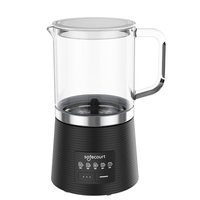

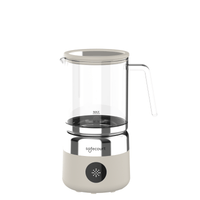
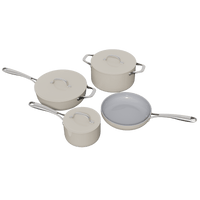
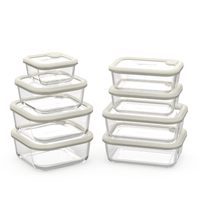
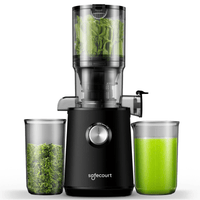
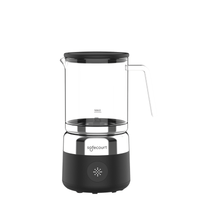
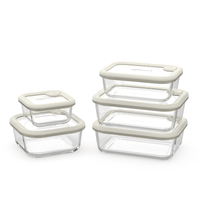

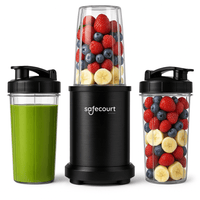
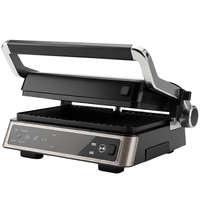
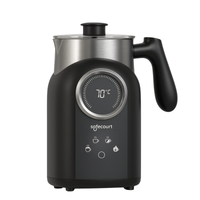
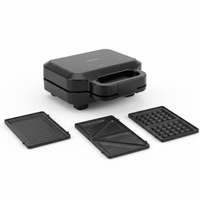
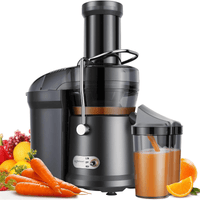
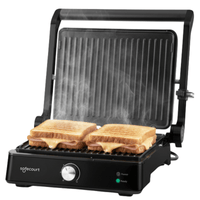
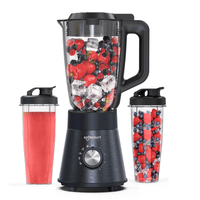
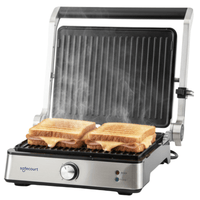
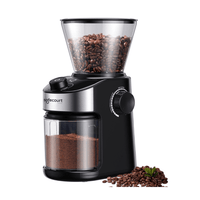
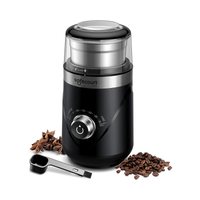
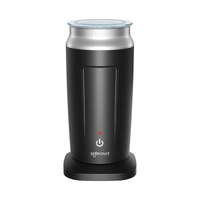

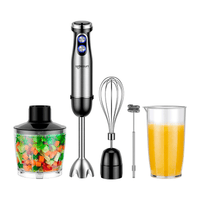


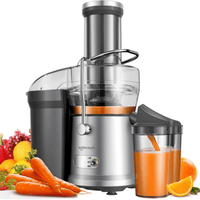
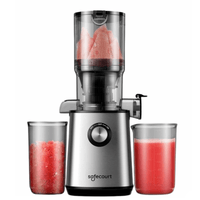
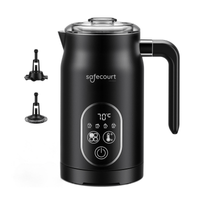
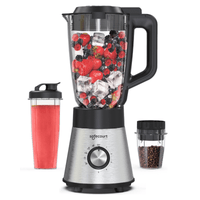
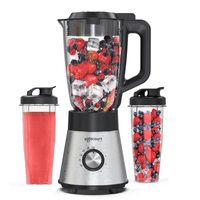
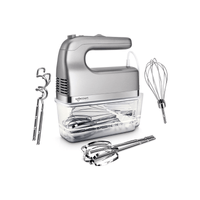
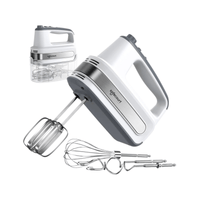


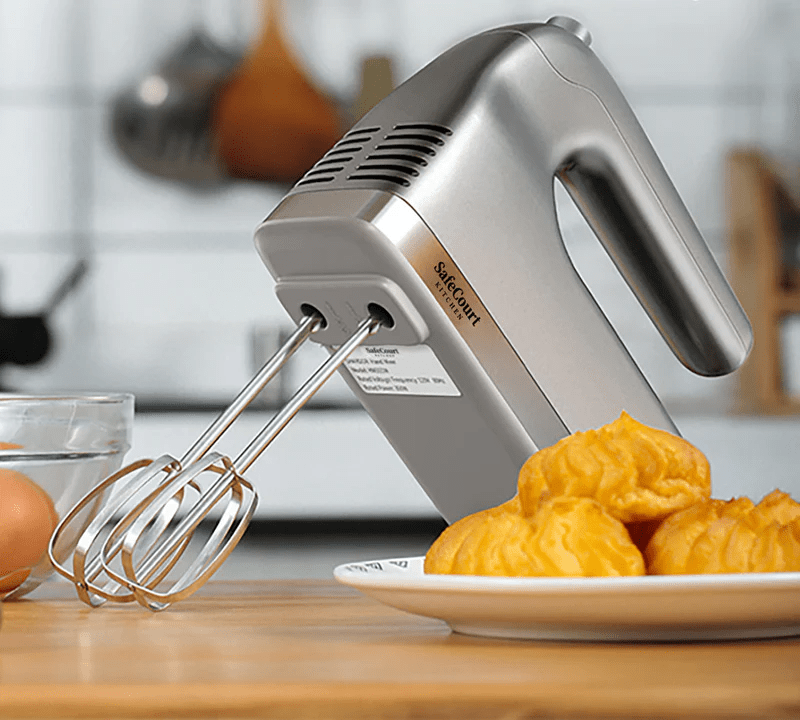
Leave a comment
This site is protected by hCaptcha and the hCaptcha Privacy Policy and Terms of Service apply.